Tourism rarely provides the perfect vacation experience that compels travelers to book return trips to the same destination. While some nations build thriving repeat visitor bases, others struggle to encourage tourists to come back for more. The reasons vary dramatically from accessibility challenges to safety concerns, political instability, or simply underwhelming experiences that fail to create lasting memories.
Several factors contribute to low return rates, including remote locations that make travel expensive and time-consuming. Some destinations lack adequate infrastructure development or suffer from political turmoil that creates uncertainty for visitors. Others might offer limited attractions or fail to provide the level of service that modern travelers expect.
Tuvalu – Pacific Island Paradise with Extreme Isolation
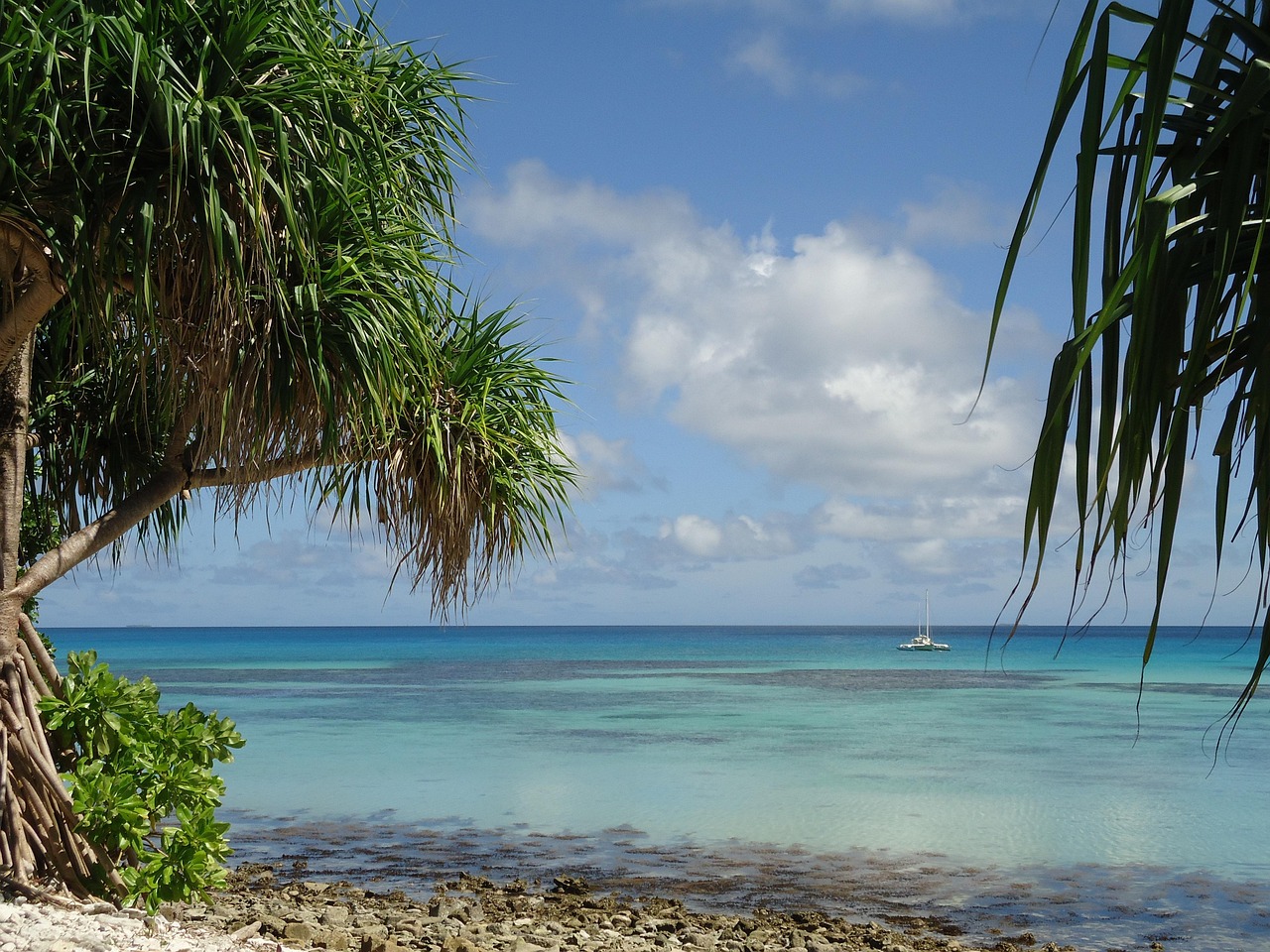
Tuvalu, a serene Pacific island nation, is among the least-visited countries globally, with only 12,000 inhabitants and approximately 3,700 visitors in 2023. The isolation factor makes this tiny nation incredibly difficult to reach and even harder to return to. Fiji Airways offers flights to and from Tuvalu’s only international airport on Tuesdays and Thursdays, but the service can be inconsistent.
Visitors should expect potential delays in arrival or departure due to the remoteness of the Pacific islands and less-developed infrastructure. The lack of reliable transportation creates significant barriers for tourists contemplating a second visit.
Marshall Islands – Nuclear History Creates Tourist Hesitation

The Marshall Islands are among the least-visited countries in the world, located in the Pacific Ocean between the Philippines and Hawaii. The country’s complex history presents challenges for tourism development. The Marshalls have a significant WWII history as they served as a Japanese base before becoming a site for extensive U.S. nuclear testing, and like Tuvalu, the Marshall Islands are in danger of submersion due to rising ocean waters caused by climate change.
The combination of nuclear testing legacy and climate change threats makes visitors uncertain about long-term accessibility and safety for future visits.
Kiribati – Four Hemispheres of Accessibility Challenges
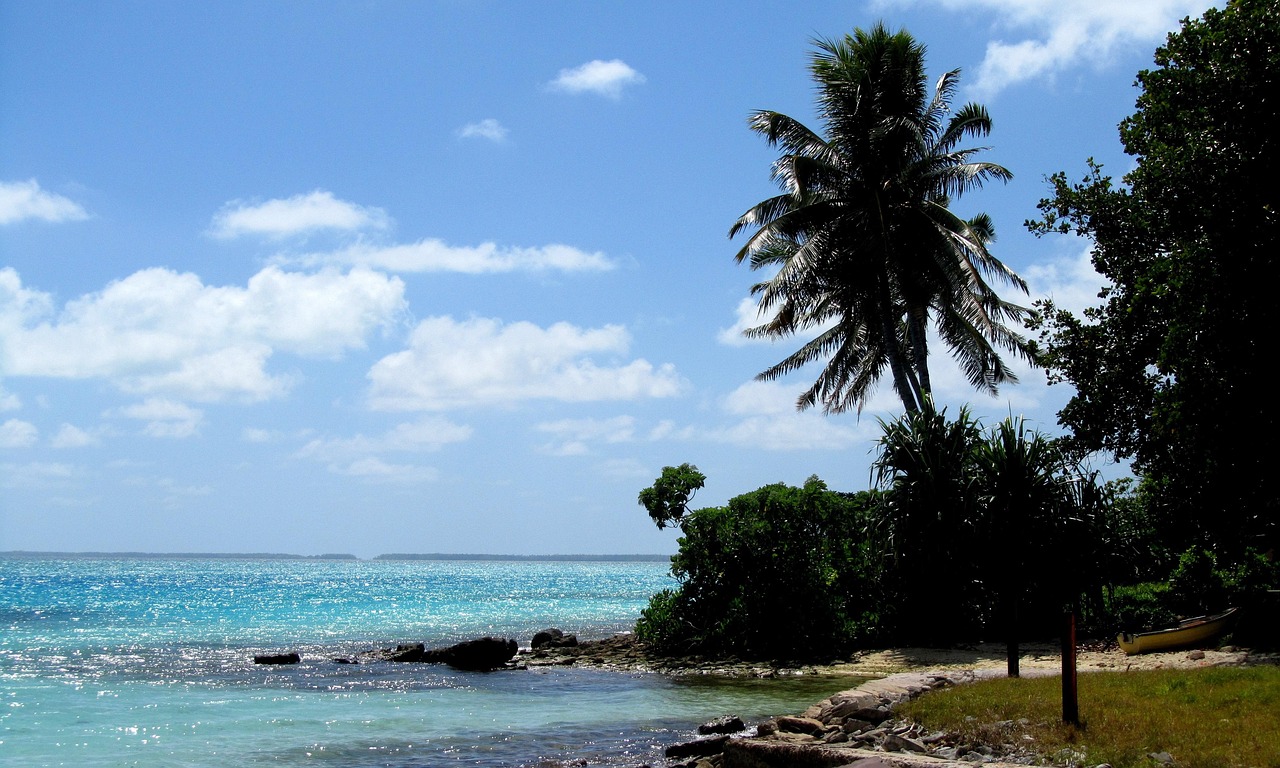
The remote Pacific island country Kiribati is among the least-visited countries globally, correctly pronounced “kiri-bas,” this Pacific island chain spans both sides of the International Date Line. Flights to Kiribati’s Bonriki International Airport in South Tarawa are available from Fiji, Nauru, and the Marshall Islands, but service can be irregular, and travelers often face delays and the limited infrastructure typical of remote Pacific islands.
The geographic uniqueness cannot overcome the practical difficulties that deter repeat visitors from planning another arduous journey.
Niue – Weekly Flight Limitations Restrict Tourism Growth
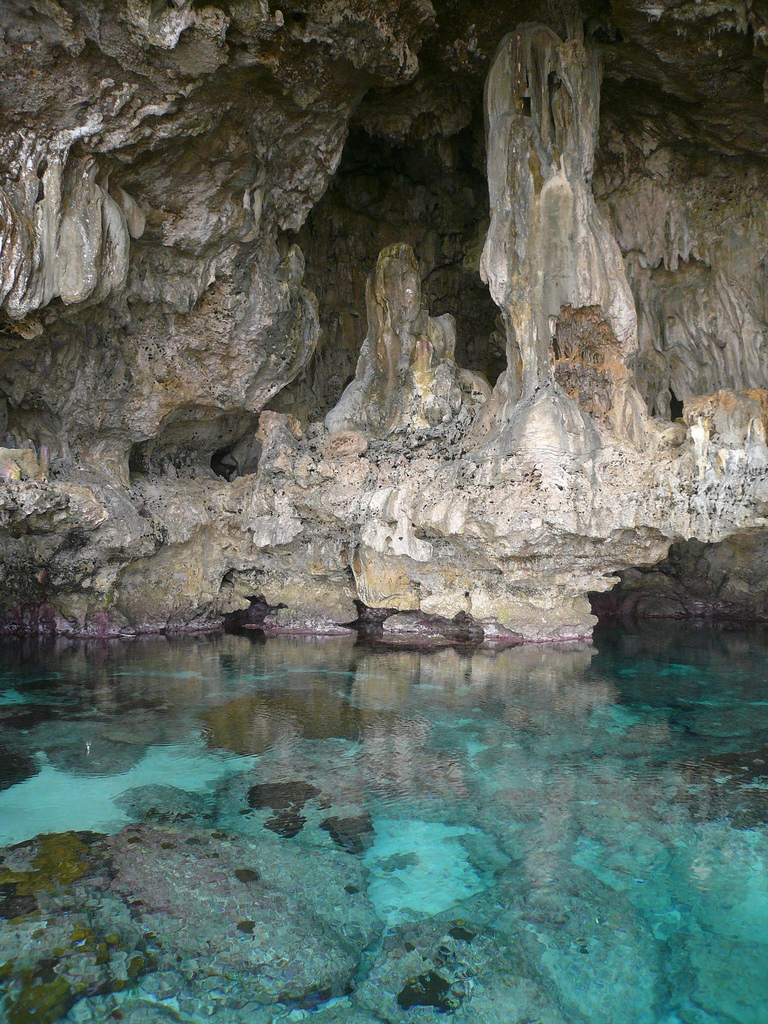
Located in the South Pacific, Niue is regarded as one of the world’s smallest nations.
The extremely limited flight schedule makes spontaneous return visits virtually impossible and forces tourists to plan extensively around restrictive transportation options.
Somalia – Political Instability Eliminates Tourism Infrastructure
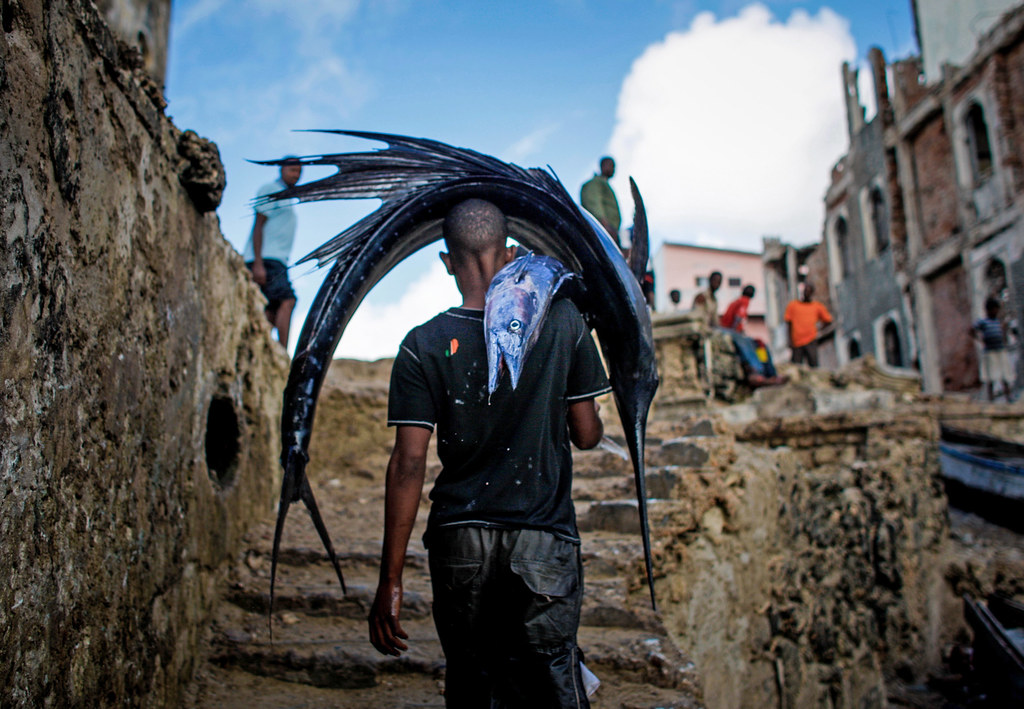
According to a World Bank study in 2011, Somalia was classified as “pre-emergent” alongside countries like Sudan, Eritrea, Comoros, Togo, Guinea, Chad, Guinea Bissau, Niger, Central African Rep., Congo D.R., and Liberia. Somalia tourism statistics show 0.00 visitors across multiple recent years.
The complete absence of tourism infrastructure and ongoing security concerns make return visits not just unlikely but practically impossible for civilian tourists. The country lacks basic tourism facilities that would support even adventurous travelers.
Afghanistan – Security Concerns Override Cultural Attractions
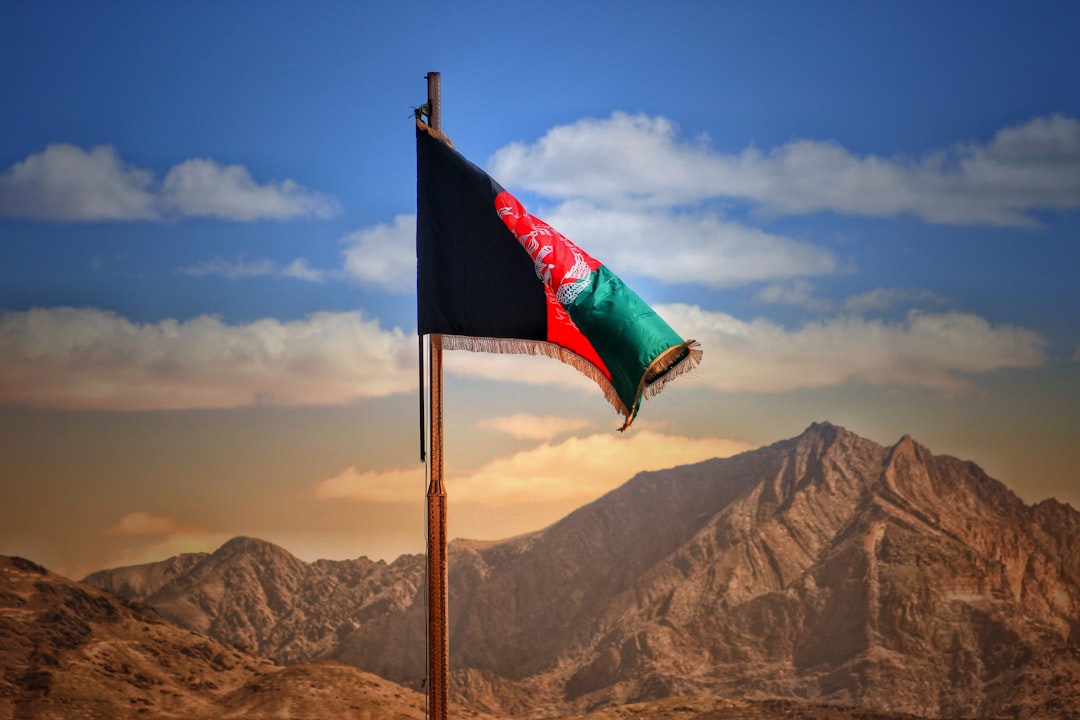
Afghanistan tourist spending for 2019 was 85.00 million US dollars, a 70% increase from 2018. However, political changes since 2021 have dramatically altered the tourism landscape. The country’s rich cultural heritage and historical significance cannot compete with serious security concerns that prevent most tourists from considering return visits.
Most international governments actively discourage travel to Afghanistan through official travel advisories, making repeat tourism extremely rare regardless of potential attractions.
Chad – Infrastructure Deficits Limit Tourist Experiences

Chad was classified as “pre-emergent” in tourism development according to a World Bank study in 2011, indicating significant challenges in business environment, tourism regulation, infrastructure, resources, tourism income, number of visitors, and potential market growth. The lack of developed tourism infrastructure means visitors often encounter significant difficulties accessing attractions and basic services.
Without proper roads, accommodation facilities, or reliable services, even adventurous travelers find it challenging to navigate the country effectively, reducing the likelihood of positive experiences that encourage return visits.
Montserrat – Volcanic Activity Creates Long-term Uncertainty
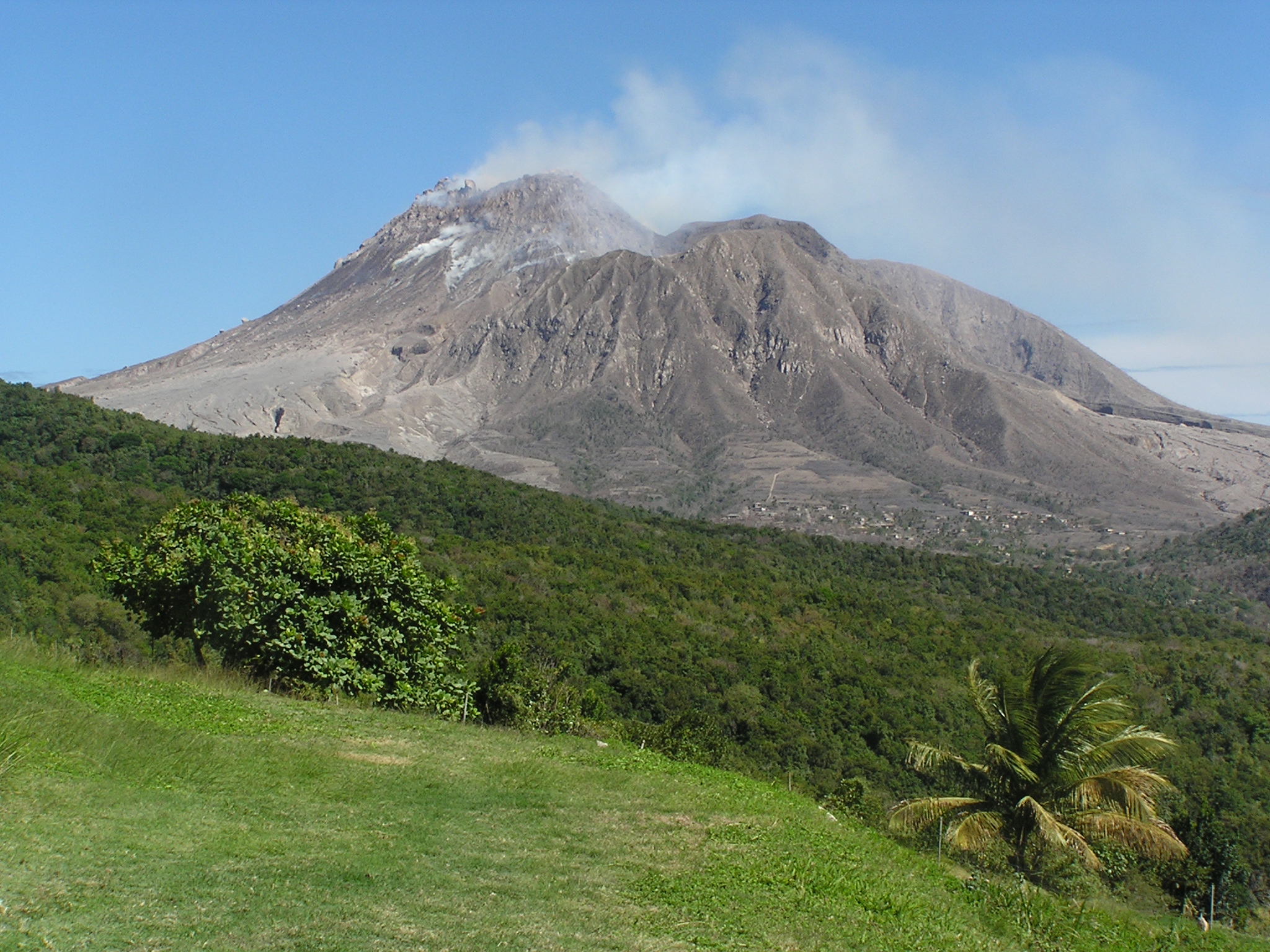
The first sparsely visited country to be located somewhere other than the Pacific, Montserrat is an island nation positioned in the Caribbean, directly east of Central America. The island’s active volcano has significantly impacted tourism development and created ongoing uncertainty about accessibility and safety for visitors.
The volcanic activity has destroyed much of the island’s infrastructure over the years, creating a challenging environment for tourism development and making visitors hesitant about planning return trips to an area with unpredictable natural disasters.
North Korea – Political Restrictions Limit Tourist Freedom
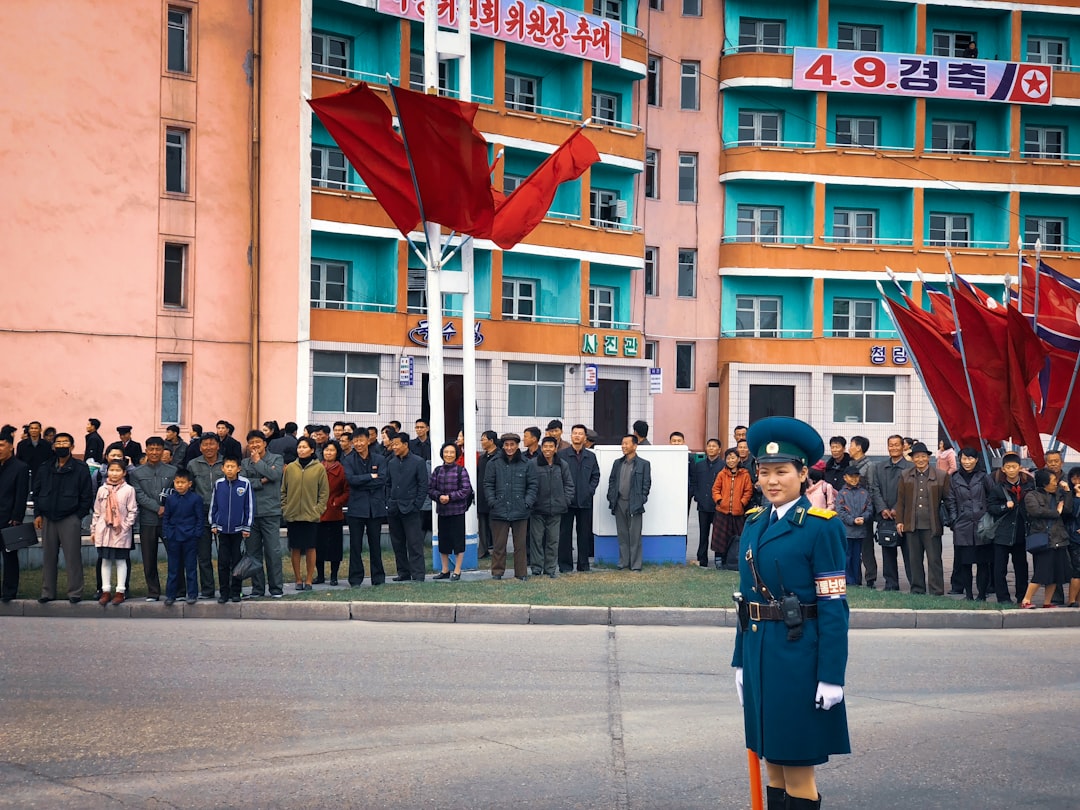
Some countries, such as North Korea, bear perceptions of being dangerous or challenging to visit, while others grapple with genuine risks arising from political instability or ongoing conflicts. The highly controlled nature of tourism in North Korea means visitors experience heavily scripted itineraries that limit authentic cultural exchange and exploration.
The restrictive political environment and limited personal freedom during visits create experiences that rarely inspire tourists to plan return trips, especially given the complexity and expense of obtaining proper documentation and permissions for travel.
These nine countries demonstrate how various factors, from geography to politics, can create significant barriers to repeat tourism. While each destination offers unique experiences and natural beauty, the practical challenges of accessibility, safety concerns, or limited infrastructure often outweigh the potential benefits for most travelers planning their next adventure. What surprises you most about these challenging destinations?
